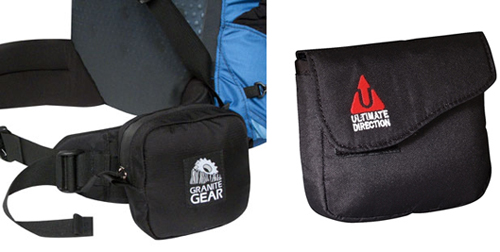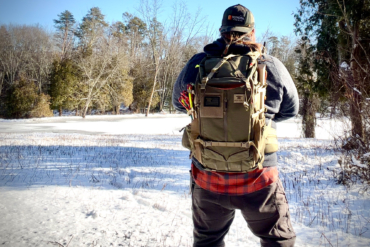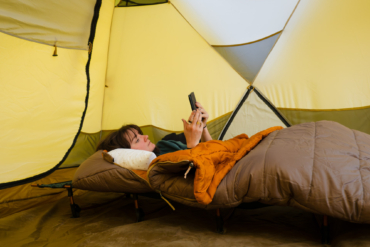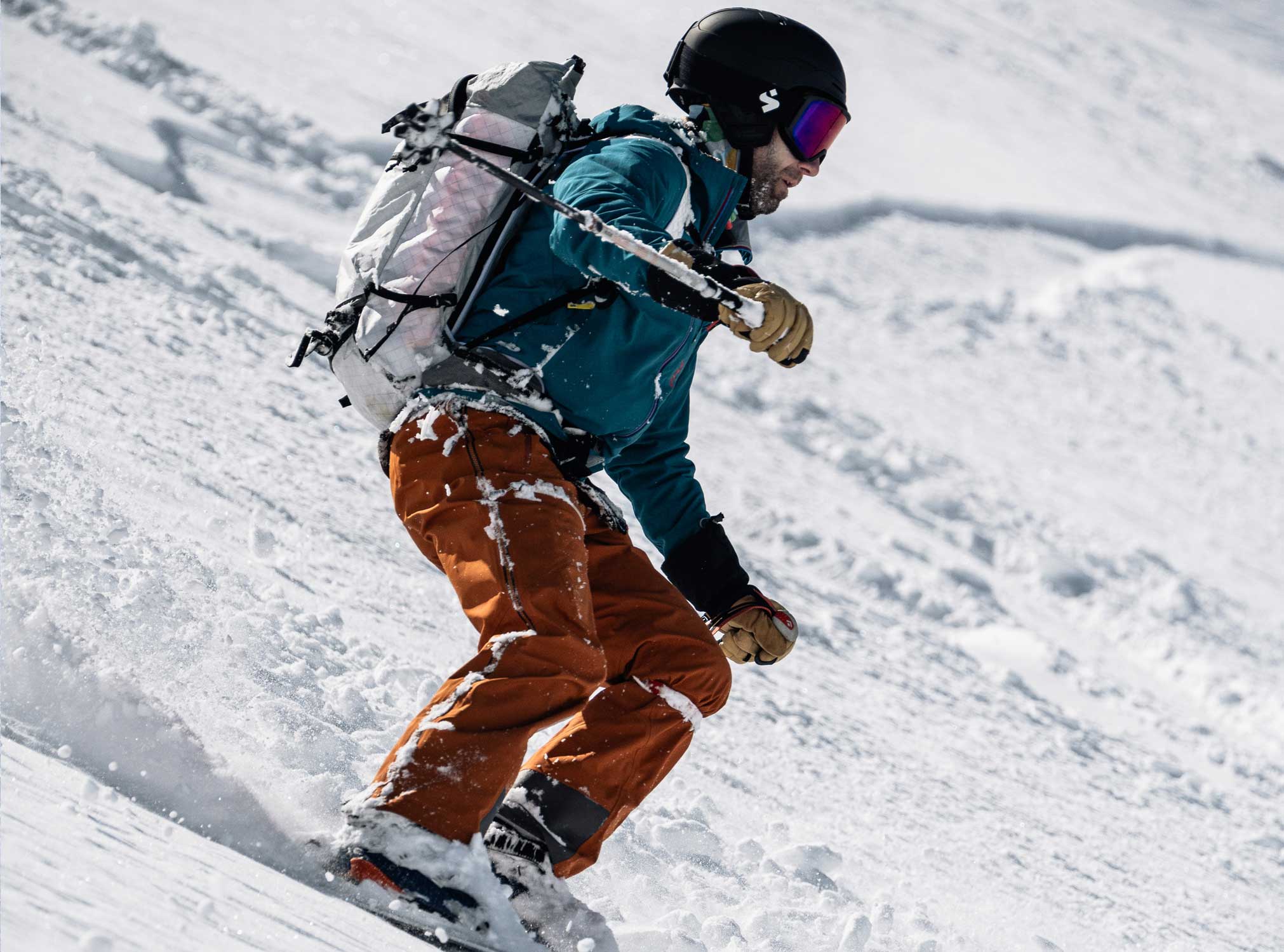Many of the products listed are no longer available as of 2016. Please check back with GearJunkie.com for more backpacking related articles.
In the gear-that’s-changed-my-life category, the line item of “small accessible pockets on backpacks” may seem odd.

But since about 2005, when backpack companies began adding little zippered pockets on hip belts, my technique for moving through the wilderness has changed in a major way.
The simple upgrade in accessibility — you can reach down and grab food, sunscreen, a compass, or miscellaneous gear out of a pocket on the front of the pack! — adds much convenience to a hike and speeds the pace.

Hip Pocket Reasoning
They key to all this is keeping the entirety of your on-the-move necessities in reach up front in pockets and pouches so that you do not need to take your pack off much during the day. Dozens of pack models now come with zipper pockets on the hip belts.
Hip Pocket Alternatives
Aftermarket add-ons are common, too, including Granite Gear’s $22 Belt Pocket and the $11 Side Kick Clip-On from Ultimate Direction. These cases clip or Velcro onto your pack’s hip belt and provide secure, easily accessible pouches for your goods.
Backcountry Solutions, a small company in Colorado, offers its GEEK POCKET product for $23. The company dubs it a “backpack strap utility pocket,” and electronics like GPS units and two-way radios are its main stash candidates.

Geek Pockets
You mount the GEEK POCKETS upright on a shoulder strap and a Velcro tab closes over the top. The fabric case is lined with fleece to keep your electronics scratch-free. Openings on either side of the closure tab allow an antenna to poke out and grab a signal as you hike.
Race Pac
For backcountry runners and adventure racers, British endurance-sports company Inov-8 Ltd. sells its Race Pac 2 sternum unit. This add-on is among the more unique accessories I have tried — a triangular case tethers to backpack straps and sits on your chest.

With the Race Pac, multiple little pockets offer enough storage space for hours’ worth of energy gels and food. The company touts that the sternum system has 2 liters of capacity, which is enough for a day’s worth of need-now supplies.
SPIbelt
A final product I use hovers in the periphery of this category. The SPIbelt is an elastic belt with a single pocket. It costs $20 and is made mainly for the running market, though I have used SPIbelts outdoors on a few trips.

The clip-on belt supports a single stretchy pocket that can be crammed with a phone, keys, and energy gels. They are a simple solution for adding some storage capacity and for me offer just enough space for the extra small items I need.







